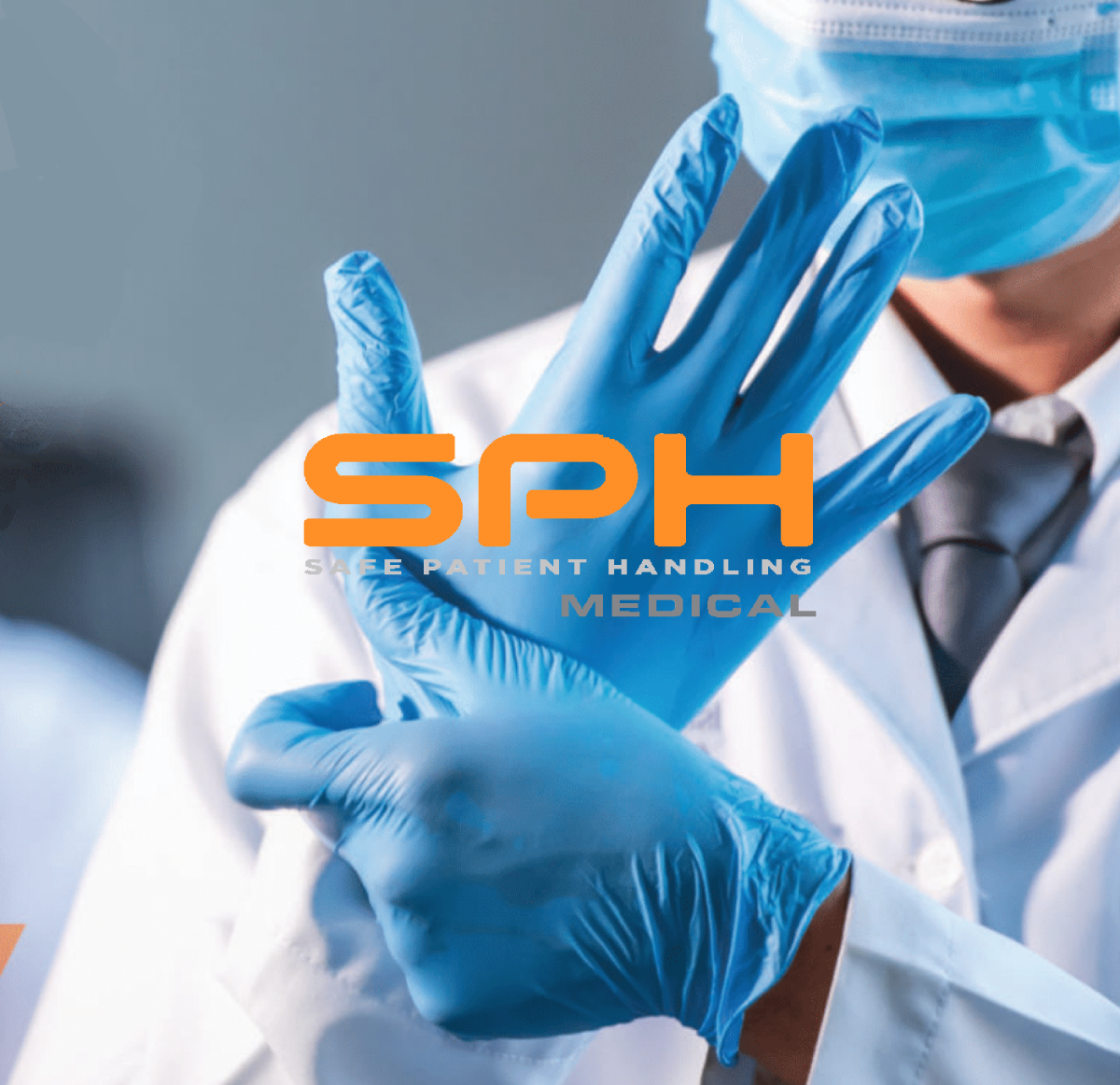When given to people, cancer related chemotherapeutic medications can cause mutagenesis, teratogenesis, carcinogenesis, and sterility. The danger varies depending on the substance and its concentration, as well as exposure frequency and duration. As a result, concerns have been raised about the possible dangers to those who work with chemotherapy. Additionally, public health threats coupled with the COVID-19 pandemic and revolutions in the medical industry have expanded the need for Personal Protective Equipment (PPE). According to studies, taking precautions when handling chemotherapy or any other public health threat lowers staff exposure and danger. As new PPE rules for handling chemotherapy drugs are introduced, a chemotherapy glove that adequately protects healthcare practitioners while also making double-gloving compliance simple is essential. COVID-19 protocols have heightened the essential need for the Chemo tested Nitrile exam gloves.
What Raw Material Is Used in Making Surgical Gloves Today?
Reusable surgical gloves were once the most popular in the medical field. Handwashing is equated to the efficiency of reusable gloves in reducing pathogen spread. In the 1800s, surgeons’ hygienic standards were of poor quality. The use of harsh chemicals to disinfect medical instruments, on the other hand, produced a demand for a tough raw material in the surgical glove sector. Rubber sourced from Malaysia was chosen as the best material since it does not become abrasive when exposed to strong liquids. While demand was high at the time, it skyrocketed when the AIDS crisis struck. Rubber, however, could induce sensitivities and allergic reactions, necessitating the development of an alternative.
Nitrile is a replica of rubber used in the manufacture of medical gloves. Ketones, amides, aldehydes, and halogenoalkanes are used to make this synthetic substance. The Nitrile Exam Glove is made from acrylonitrile and butadiene compounds. When manufacturing gloves, flexibility, comfort, puncture resistance, and form-fitting must all be considered.
What Is Chemotherapy Drug Testing, and Why Is It Important?
The use of personal protective equipment, particularly protective medical gloves, is a must to avoid skin contact. Additionally, during their work, emergency responders are likely to touch with a variety of illegal narcotics. Cocaine, methamphetamines, cannabinoids, cathinones, and opioids like fentanyl and heroin are just some of the illicit chemicals found in these mixes. Illicit drug use has the potential to cause harm. Although they may not know the components of illicit drug mixes, emergency responders can learn about safe operating procedures and the right use of personal protective equipment (PPE) when responding to situations involving illicit substances as recommended by the FDA.
The importance of selecting the right gloves cannot be overstated. It is critical to establish basic guidelines for selecting appropriate materials and defining quality requirements in the oncology environment for the best protection. These tips can help with better handling and minimize potential risks and long-term consequences. There are no formal regulations or test techniques in Europe for medical gloves used in oncology. It would be beneficial to establish universal criteria for gloves used when handling chemotherapeutic medications. However, in the United States, medical gloves used to handle chemotherapy medications must meet ASTM International (American Society of Testing and Materials) standard D 6978-05 criteria.
How Is the Demand for Chemo Tested Nitrile Exam Gloves?
Doomsday headlines predicted a shortage of ventilators for critically ill patients in the early months of the Covid-19 outbreak. As borders soon closed, states hurried to find masks and gowns, sparking a bidding war for personal protective equipment. Domestic manufacture eventually came to the rescue, producing everything from respirators to face shields. However, as the pandemic enters its second year, one item remains in low supply: medical gloves.
Hospitals favor nitrile gloves because of their hypoallergenic and chemical-resistant characteristics, but they are becoming increasingly expensive and difficult to find at any price. The national stockpile in the United States reported in December that just 72 million gloves were on hand out of a target of 4.5 billion, forcing individual states to navigate a wild market riddled with shadowy intermediaries and black-market brokers, some of whom were obvious frauds. Prices have risen dramatically due to the increased demand: According to Singapore-based Persistence Market Research, a package of 100 nitrile gloves can now cost up to $32, up from roughly $3 pre-pandemic.
Despite the COVID-19 dilemma, the global market for Medical Gloves is expected to increase at a CAGR of 12.4 percent from 2020 to 2027, from a projected $30.9 billion in 2020 to a revised US$70 billion by 2027. Examination Gloves, one of the sectors examined in the Research and Markets, is expected to grow at an 11.2 percent compound annual growth rate (CAGR) and reach US$42.3 billion by the conclusion of the analysis period. After an early assessment of the pandemic’s commercial effects and the resulting economic crisis, the Surgical Gloves segment’s growth is revised to a revised 14.4% CAGR for the next seven years.
Choosing a recognized supplier helps you avoid substandard gloves. SPH Medical specializes in the supply of Personal Protective Equipment. SPH Medical is delivering Chemo Tested Nitrile Exam Glove and is a trusted supplier by hospitals nationwide.
Citations:
https://onlinelibrary.wiley.com/doi/full/10.1002/ijc.29058
https://www.prnewswire.com/news-releases/global-medical-gloves-market-report-2021-malaysia-is-the-dominant-producer—us-market-is-estimated-at-10-4-billion-while-china-is-forecast-to-grow-at-14-6-cagr-301334928.html



